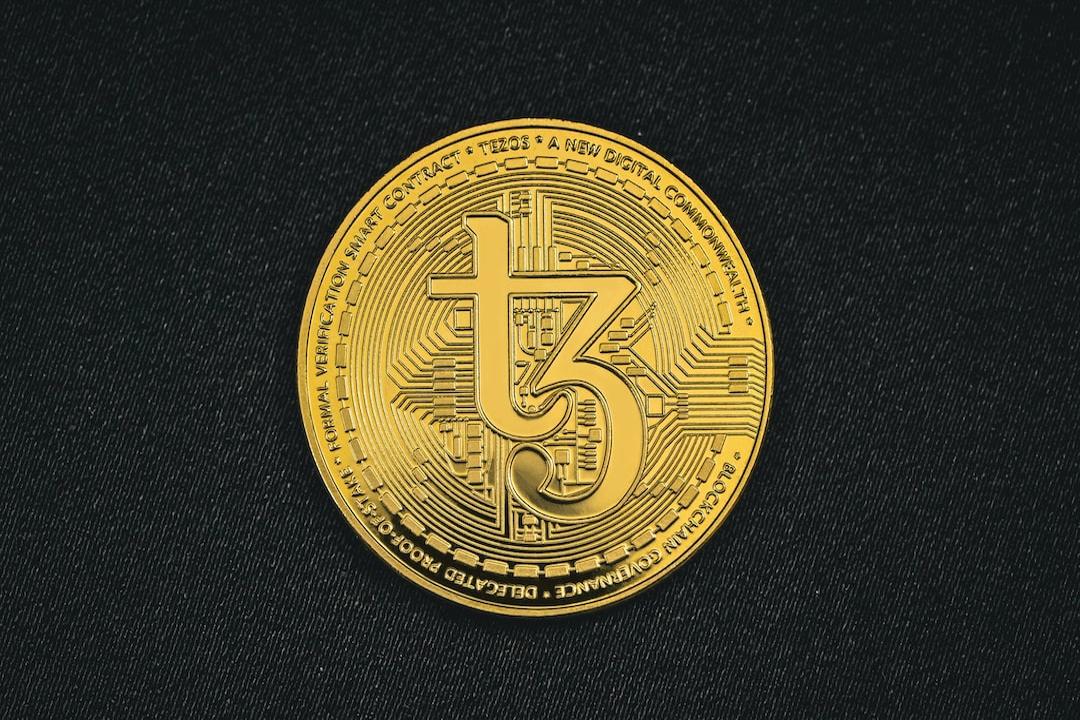Viewpoints present diverse opinions and do not represent the position of “WEB3+”.
Abstraction in Web3: Key to Mass Adoption
Abstraction is essentially a simplification process. In the world of Web3, it means hiding complex blockchain operations behind user-friendly interfaces, allowing users to easily use Web3 applications without understanding the underlying technology. This approach not only lowers the entry barrier but also greatly enhances user experience, accelerating the adoption of Web3.
Based on current technological developments, we can divide abstraction into three stages:
Stage 1, Account Abstraction: Simplifying Private Key Management
Account Abstraction (AA) is the first and most crucial step in Web3 abstraction programs.
Traditional blockchain wallets require users to manage complex private keys, which is a significant challenge for most people.
AA establishes standards for smart contract wallets, bringing the following benefits:
1. Easier user authentication: Users can manage their cryptographic assets using familiar methods (such as email, phone number, or social media accounts).
2. Higher security: By implementing mechanisms like multi-signature and social recovery, the risk of asset loss is significantly reduced.
3. More flexible transaction processing: Supporting batch transactions and automated operations improves efficiency and reduces costs.
4. Better user experience: Enabling gas-free transactions allows users to focus on the application itself rather than complex blockchain operations.
Following EIP-4337, several important improvements to focus on include:
1. EIP-3074: This proposal allows existing externally owned accounts (EOA) to be upgraded to support AA accounts. It requires changes to the EVM and introduces new opcodes.
2. EIP-7702: An improvement over EIP-3074, EIP-7702 does not require new opcodes and can be used alongside ERC-4337 with minimal changes, allowing temporary upgrades to account abstraction wallets and reducing upgrade risks.
Stage 2, Blockchain Abstraction: Eliminating Public Chain Boundaries, Free Asset Transfer
The core goal of AA is to simplify user experience and lower the barriers to Web3 adoption. However, as more blockchain projects emerge, seamless interaction between different chains or ignoring the characteristics of different blockchains becomes an important UX issue.
It mainly involves abstractions in network transaction fees, signature, and Nonce.
These abstraction processes make blockchain operations more intuitive and secure for end-users, such as:
– Gas-less transactions that allow users to execute transactions without owning or managing native tokens, significantly improving user experience.
– Gas token abstraction allows users to pay transaction fees using any ERC20 token without holding specific native tokens, enhancing user convenience and paving the way for cross-chain operations.
– Signature abstraction aims to enhance transaction security and transparency. Through standards like EIP-712, users can clearly understand the content they are signing, including called contracts and chain ID messages.
– Nonce abstraction solves the issues caused by linear nonce. By implementing concepts like 2D Nonce, users can send transactions concurrently, significantly improving user experience in scenarios like multi-signature.
Stage 3, Ultimate Goal: Seamless Web3
Blockchain abstraction is the ultimate goal of Web3 abstraction.
The proposal of ERC-4337 marks the beginning of bringing more possibilities to smart contract wallets, such as session keys, multi-signature, and arbitrary logic execution. Most importantly, it provides a standardized implementation for these functions, contributing to ecosystem unity and development.
At this stage, blockchain technology will be fully integrated into our daily lives and business activities, and users may not even be aware that they are using blockchain:
1. Seamless user experience: Users can use Web3 applications like traditional apps without understanding any blockchain-related concepts.
2. Comprehensive data sovereignty: Users can fully control their data and freely transfer and use it between different applications.
3. New business models: Based on blockchain characteristics, production relationships will change, leading to new business models and organizational forms.

